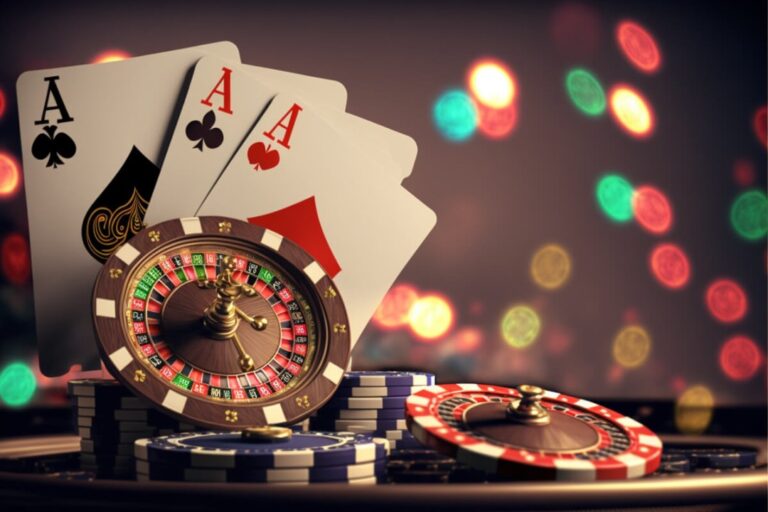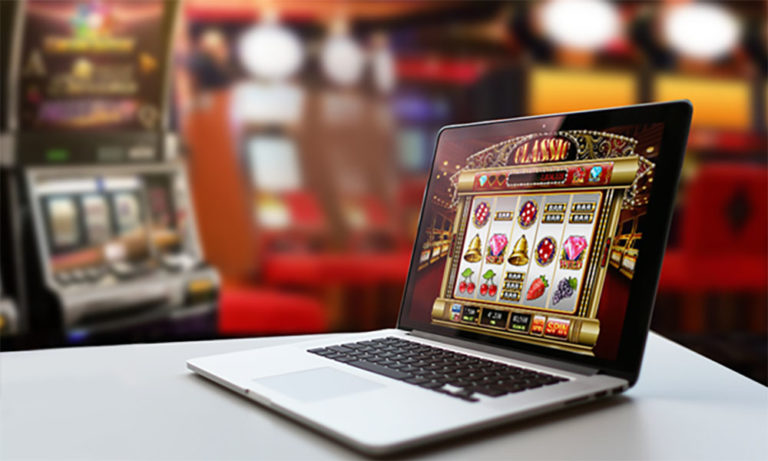
The results of a study conducted by Joshua Porter and published on the User Interface Engineering website show that the user’s desire to refuse results does not increase with an increase in the number of clicks. “Hardly anyone will give up the result after three clicks,” says Porter. The figure below shows the dependence of failures and successful completion of the task on the number of clicks.
If the three-click rule worked, then the curve of successful completion of tasks should fall and be significantly lower than the curve of the number of failures. But they are located on the same level. The user can refuse to achieve the desired result already on the second click, and can patiently flip through 25 pages. The 토토 중계 choice is important here.
Bounce rate versus clicks
It is not necessary to focus on achieving a certain magic number of clicks, but on facilitating the use of the resource. If you make a convenient interface that will be simple and pleasant to use, but in which you will need 15 clicks to achieve a certain goal (that is, 5 times more than in the “three clicks” rule) – do not let an arbitrarily defined limit stop you.
Use an F-shaped template to place content
Jakob Nielsen, a pioneer in the field of usability, conducted a study of the movement of the user’s gaze when reading web pages with the participation of more than 250 people. The results showed that the participants scan the page with an F-shaped pattern.
Research by Jacob Nielsen
A similar study was conducted by marketing firms Enquiro and Did-it with the participation of research firm Eyetools. Similar results were obtained when evaluating the movement of the gaze on the page with Google search results for 50 participants. The resulting figure of concentration of the eye was called the “Golden Triangle of Google”, because attention was concentrated in the upper left corner. The results of the study corresponded to the F-shaped pattern that Nielsen received during independent experiments.
Google golden triangle
For designers and webmasters, the results of the studies described indicate that the content that should be noticed by the visitor should be placed in the upper left corner. Also, it is the use of an F-shaped template when posting content (headings followed by paragraphs or lists) increases the likelihood that it will be noticed by a user who is fluent through the page.
Do not let the user wait: increase the speed of your website
We always say that our users are impatient: they hate expectations. Everything is logical who likes to wait, having a certain intention?
- But is there evidence of this evidence that people do not like to wait, and that page performance affects web page users?
There is. The Microsoft search engine analyzed the relationship between page speed and several indicators, such as user satisfaction, user revenue, and clicks. As a result, it turned out that an increase of 2 seconds in the page response delay reduces user satisfaction by 3.8%, reduces user revenue by 4.3%, and reduces the number of clicks by 4.3%, and this does not take into account other factors. For a company as large as Microsoft, even a 4.3% loss in user revenue results in a multi-million dollar loss in revenue.



